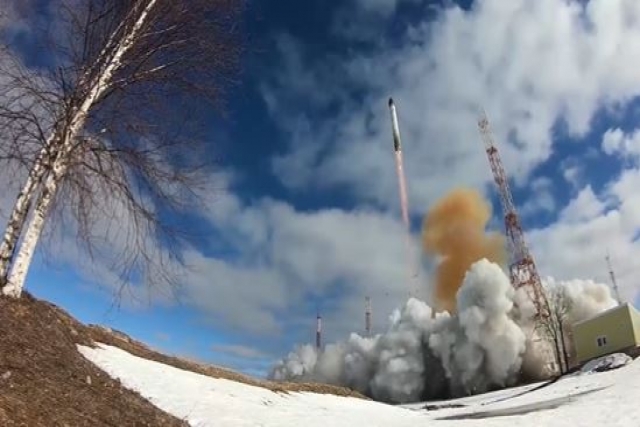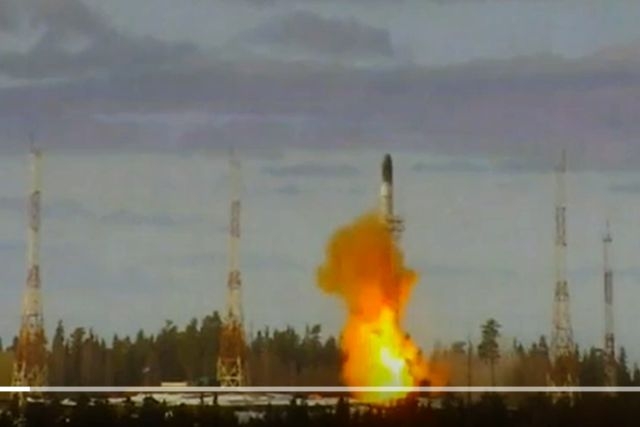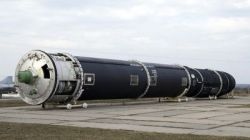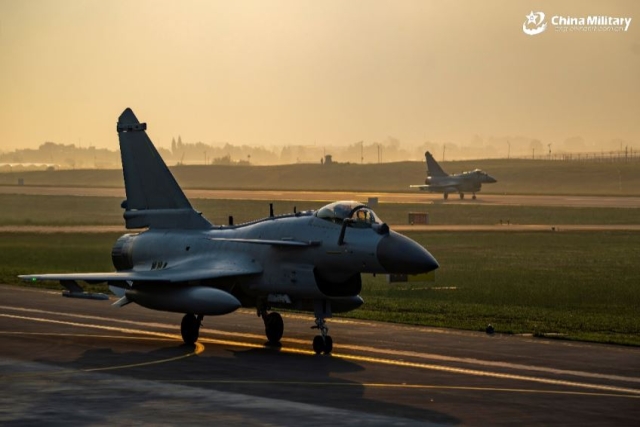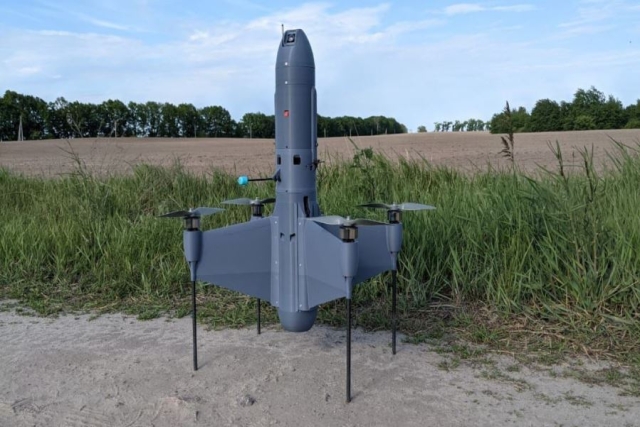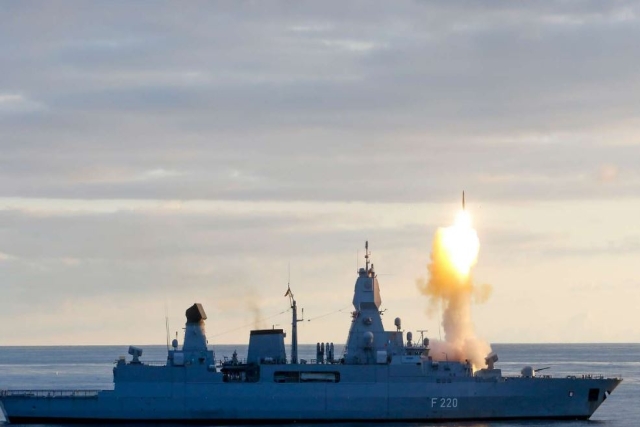Russia to Deploy 50 Uninterruptable 'Sarmat' Intercontinental Missiles in 'Near Future'

Russia will put about 50 new Sarmat intercontinental ballistic missiles (ICBMs) on combat duty in the near future, Dmitry Rogozin, head of Roscosmos, said.
“We will soon have almost fifty such “Sarmatians” on combat duty,” Rogozin said on his Telegram channel on Sunday.
Earlier, Rogozin said that serial deliveries of Sarmat ICBMs to the Ministry of Defense of the Russian Federation are planned to begin by the end of this autumn.
Sarmat missiles in the future will become carriers of Avangard hypersonic gliding winged warheads, developing speeds of about Mach 27, by far the fastest missiles in the world which cannot be intercepted by current anti-missile systems.
On April 20, the Ministry of Defense of the Russian Federation announced the first test launch of a Sarmat ICBM from the Plesetsk cosmodrome.
It was reported that Sarmat missiles would be mass-produced at the Krasmash plant (Krasnoyarsk, Roskosmos corporation).
The RS-28 "Sarmat" ICBM will replace the world's most powerful silo-based strategic missile RS-20V "Voevoda" (according to NATO classification - SS-18 "Satan").
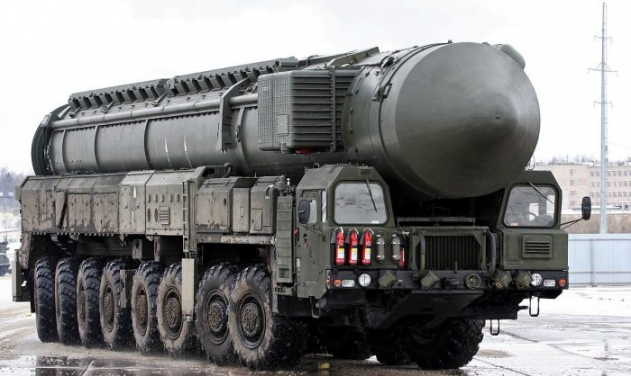
Secret of Sarmat Missile is liquid propellant engine
The Sarmat ICBM picks up a very high speed at launch, which allows it to avoid the location of anti-missile defense systems. This became possible thanks to the unique Russian liquid-fuel engines, which neither the United States nor other countries of the world have, according to the developer of the Sarmat rocket, the general designer of the State Missile Center, Vladimir Degtyar.
“The bottom line is that we simply have the best engines that run on liquid fuel, which still cannot be mastered in the production of the United States,” the designer explained, as reported by Tvzvezda.tv, the Russian MoD's TV channel.
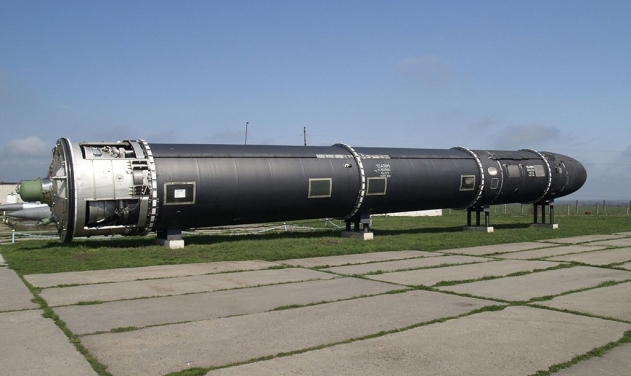
A quick launch for such a heavy missile as the Sarmat is its unique feature. According to Sergey Karakaev, Commander of the Strategic Missile Forces, the active part of the trajectory of this ICBM is practically on par with light solid-propellant missiles.
“One of the tasks of countering missile defense is to reduce the active part of the trajectory, which was implemented in the Sarmat complex. And I must say, this is also unique for such a heavyweight. Today, the active part of the trajectory is almost equal to light solid-propellant missiles," the commander of the Strategic Missile Forces said.
